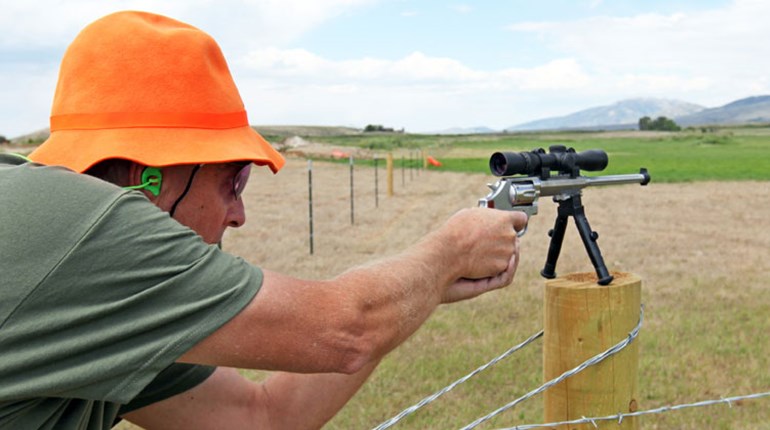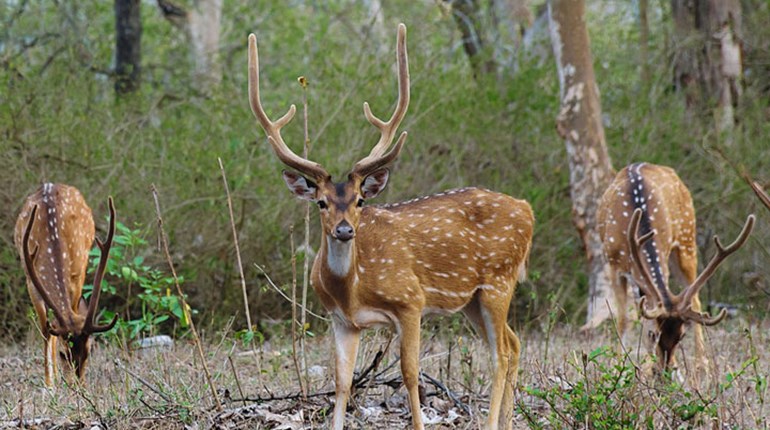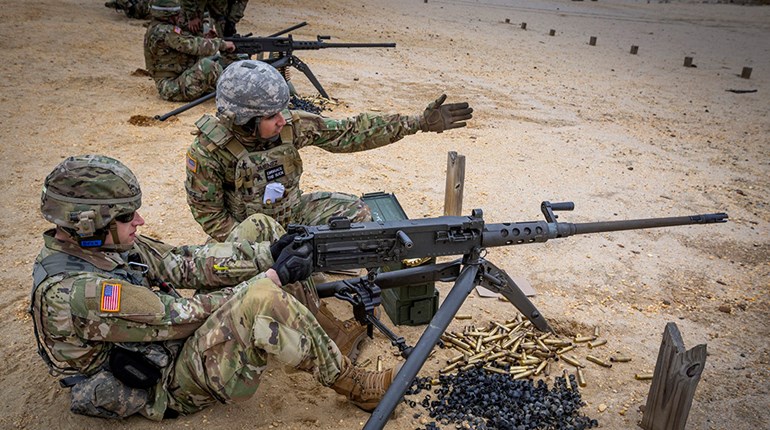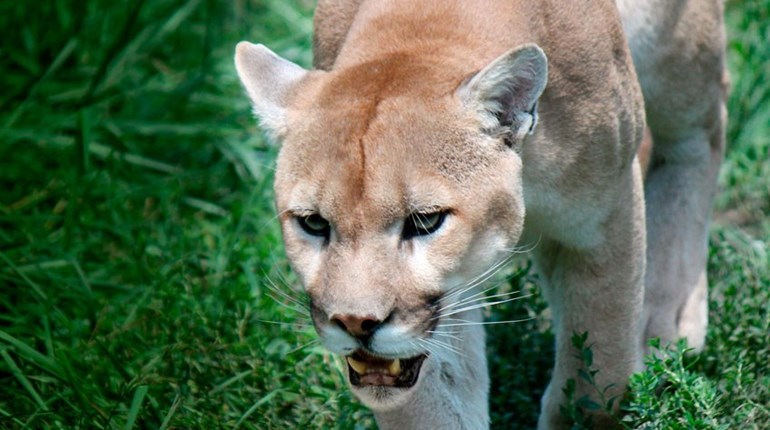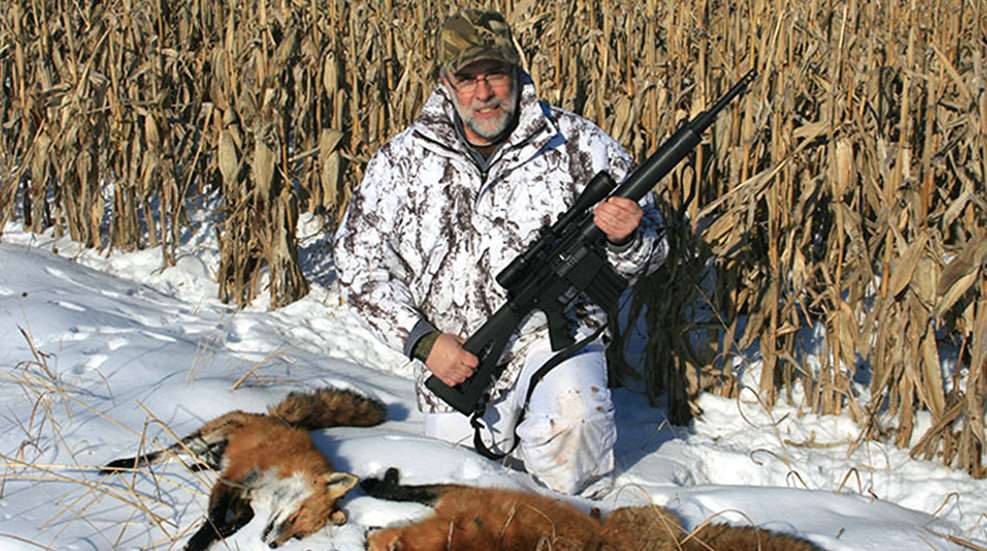
Now, in much of America, big-game hunters have hung up their rifles and shotguns, settled back into the easy chair and have begun hibernating. For them, the outside winter world has become a raw gray season to avoid. Active hunters in-the-know, however, are still on the trail of game species in all regions. There's still time to go hunting in the late seasons, so grab your rifle or shotgun, a handful of cartridges or shotshells, and pull on your warm clothing and boots.
Let's look at your options:
SMALL GAME: In some regions, rabbits, and possibly squirrels, are on the “hunting season's open” list. The great news is that rabbits and squirrels often offer liberal bag limits and these small-game animals can be found sitting outside of dens and tree cavities as they warm themselves on sunny winter days. Searching trees or briar patches with binoculars could yield a critter to pursue. And that general hunting license in your wallet could be your ticket to enter the game-and get a meal for the table.
PREDATORS: If you need a bigger category to hunt, then set your sights on the predators. Included in this late hunting opportunity are coyotes, bobcats and foxes. Coyotes and bobcats are well known for killing deer, wild turkeys and other desirable species. They sometimes also grab house pets for a meal. Predator hunting can be a thrill-a-minute hunting adventure. The excitement often comes after you call, and a predator moves in to hunt you.
WINGED PROBLEMS: Then there are winged species-and related problems-that could need your late-season hunting attention. This category includes snow or light geese (overpopulated), crows (annoying and damaging), and resident geese (big honking problems). Huge flocks of birds will provide many reasons to shoulder the shotgun. Many regions remain open to hunting of these birds to solve the problems they create, so grab a shotgun and shotshells.
BIG BAD BOARS: In saving the biggest late season hunting opportunity for last, I now point my finger at America's biggest problem and tell you to take a look at hunting wild boars. There are two regions for these large land pests-places that have them already, and the places that are going to receive them. From the Carolinas to California, wild boar present big ecological problems, so states make it easy for all hunters to join the chase. Hunting magazines-and the entire state of Hawaii-have declared these big burly pigs as public enemy No. 1. They root deep and damage land and crops, so you do many landowners a favor when you pull the trigger with a boar in your sights. In exchange, you can put a great meal on the table.
Not to rush you, but you need to also remember that you only have so many hunting days remaining before spring turkey and bear seasons are open. These late days in the hunting season are the best days to hunt many of the aforementioned species. Most hunters are home, hunting can be easier, and calling can be simpler to yield success. What are you waiting for?
Winter Hunt Strategies
One thing you will need to win a winter hunt is body warmth. This often comes through the correct application of layers of base and mid-layer clothing, and then pulling on an outer shell layer to keep you dry while keeping snow, sleet and rain away. Select soft inner layers that permit moisture (sweat) to move away from your skin, such as polyester. Always avoid cotton clothing because it retains moisture. As a mid-layer, fleece is a good option. Then cover all the layers with a rain suit or similar clothing that has a breathable membrane. This is the finishing touch to keep you warm, dry and comfortable.
As you move from one hunting location to the other, pause to remove layers and your cap, so your body can release heat. Then replace those items when you stop to hunt. If you have a daypack, store dry clothing in there for al- day hunts and change accordingly.
If you have to use snowshoes to reach a hunting destination, remember that you can cross the poles, hold them steady, and use them as shooting sticks. Walking on top of snow and ice can be much easier than breaking through it to move around or trek forward. This method of walking is also quieter than crunching all the ice underfoot.
Finally, remember that on raw winter days when all is calm and very cold, noise travels great distances across the countryside. Take care to quietly close truck doors, avoid loudly talking with hunting friends, and never clang hard gun cases into truck beds. Critters, such as the coyotes and bobcats you could be hunting, are listening-and moving away if you make too much noise.
For late season success, try to silently sneak into an area, set up, then sit down and wait about five minutes until you begin calling. Once you have completed the critter calls, stay put. Bobcats are super slow and come to calls long after most hunters have given up and are packing or have left the area. The same holds true for coyotes that have been pressured. They'll sit, watch and listen. When all seems quiet, they will often try to sneak in and look for leftovers or an easy meal.
You can, however, use the winter's calm to your advantage: The call notes will carry further. Just be certain you are fully concealed with face and hands covered in camouflage before you begin calling. If there's snow on the ground, a simple white sheet could be all the camouflage you need.
A final note about hunting wild boar during the late seasons. Pigs like to squeal, and other pigs stepping on them, or pushing, can cause mini fights among the group. Move quietly in pig turf and pause often to listen. You can often hear concealed pigs grunting and squealing, and then quietly move in for a shot before they have a clue they are in your sights. If you should see pigs in an open field and feeding, anticipate where they are headed (often downhill and to water), and move ahead to cut them off. Even during winter months, pigs will rub on telephone poles and wallow in mud and streams. Look for the signs and expect wild boars to be lurking nearby when you see fresh mud or muddy water.
Look, Over There
One thing that can give hunters the advantage in winter is that most vegetation is bare. Gone are tree leaves and foliage that can hide the very animals you'll be hunting. Use binoculars to scout for squirrels, rabbits, coyotes-and snow geese swirling down into a winter wheat field.
On cold winter days coyotes will find a snow bank, or protected fence row, and lie in the sun to warm up. Carefully searching the landscape in detail with a spotting scope can help you find those sunning coyotes, and then plan an approach route based on wind in the area where the songdog lies.
Spotting scopes can also save you time, help you hunt more ground, and keep you in the hunt. The same tripod that holds the scope can possibly double as a rifle rest, and this can increase your chances of success on longer range shots.
It's late season, but there are many reasons to keep on hunting. Get out there.













